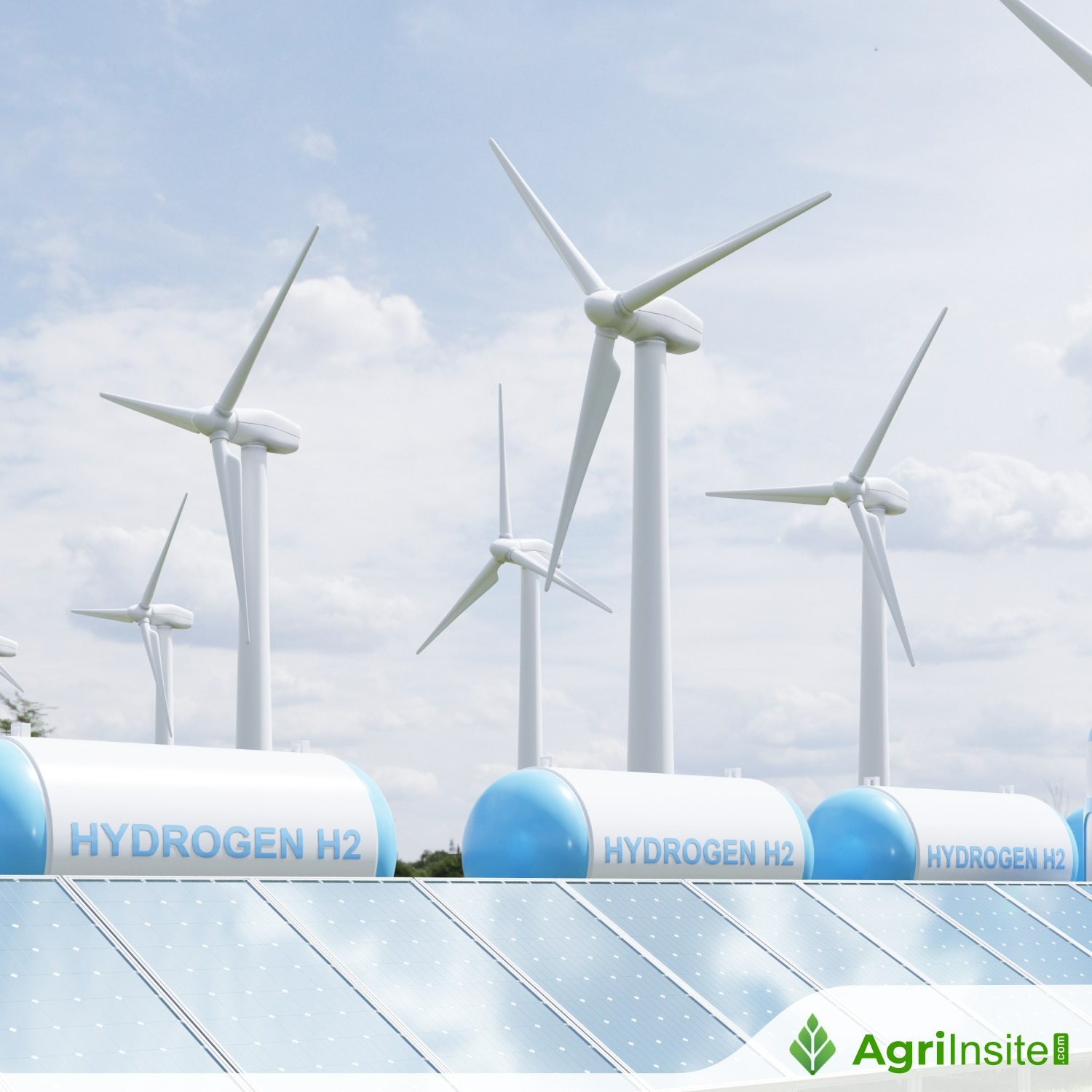India Advances Green Hydrogen Mission With Rs 19,744 Crore Investment For Renewable Energy

India’s National Green Hydrogen Mission, launched in January 2023 with a Rs 19,744 crore budget, is advancing with plans for 3,000 MW of annual electrolyser manufacturing and 412,000 tons of green hydrogen production capacity. The initiative aims to attract Rs 8 trillion in investments, create 600,000 jobs, and cut over Rs 1 trillion in fossil fuel imports. Key strategies include viability gap funding, financial incentives, pilot projects, and green hydrogen hubs. India targets 500 GW of non-fossil power capacity by 2030, with 211.40 GW installed as of October 2024.
New Delhi, Dec 11 (KNN) In a significant stride towards sustainable energy development, the Indian government is advancing its National Green Hydrogen Mission with targeted investments and manufacturing initiatives.
The mission, launched in January 2023 with an initial allocation of Rs 19,744 crore, aims to establish a robust green hydrogen ecosystem in the country.
The Ministry of New and Renewable Energy has informed Parliament about plans to provide viability gap funding for electrolyser manufacturing capacity of approximately 3,000 MW per annum.
This strategic move is designed to accelerate green hydrogen production and support India’s ambitious renewable energy goals.
According to Minister of State for New & Renewable Energy Shripad Yesso Naik, the mission has already awarded or is processing contracts for 3,000 MW of electrolyser manufacturing capacity and green hydrogen production capacity of 412,000 tons per annum.
The comprehensive strategy extends beyond production, targeting broader economic and environmental objectives.
The National Green Hydrogen Mission is projected to attract over Rs 8 trillion in investments and potentially create more than six hundred thousand jobs.
Additionally, it is expected to contribute to a cumulative reduction of fossil fuel imports exceeding Rs 1 trillion and mitigate approximately 50 million metric tonnes of annual greenhouse gas emissions.
The mission incorporates strategic interventions through the Strategic Interventions for Green Hydrogen Transition Programme (SIGHT), which provides financial incentives for domestic electrolyser manufacturing and green hydrogen production.
It also plans to support pilot projects in emerging sectors and identify potential Green Hydrogen Hubs across the country.
Aligned with India’s commitment at COP26, the government is working towards achieving 500 GW of installed electricity capacity from non-fossil sources by 2030.
As of October 31, 2024, the country has already installed 211.40 GW of non-fossil power capacity, demonstrating significant progress in its renewable energy transition.
To read more about Ethanol Industry & Bio Energy News, continue reading Agriinsite.com
Source : KNN

















